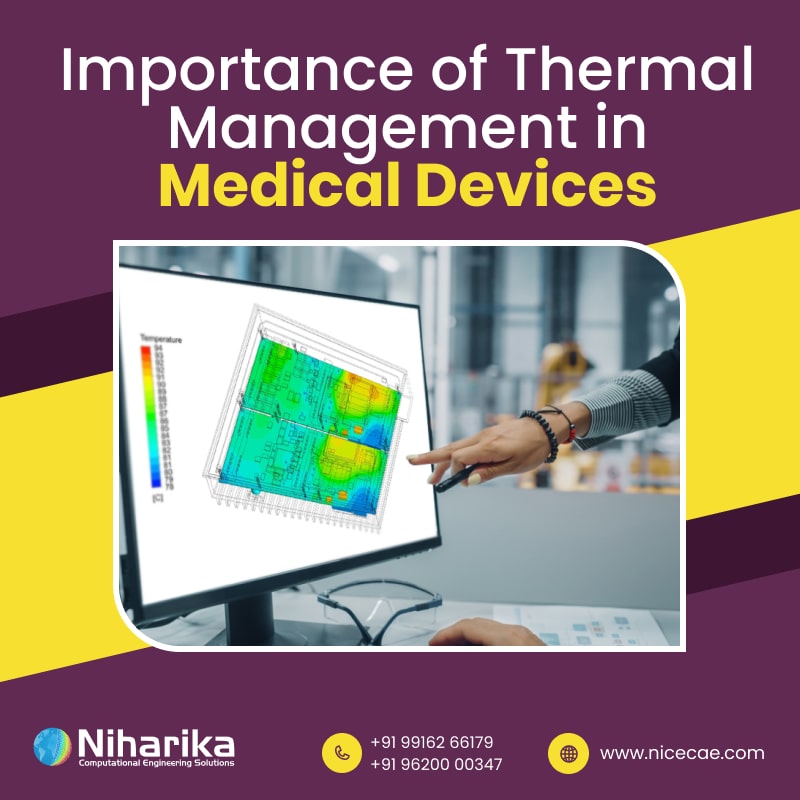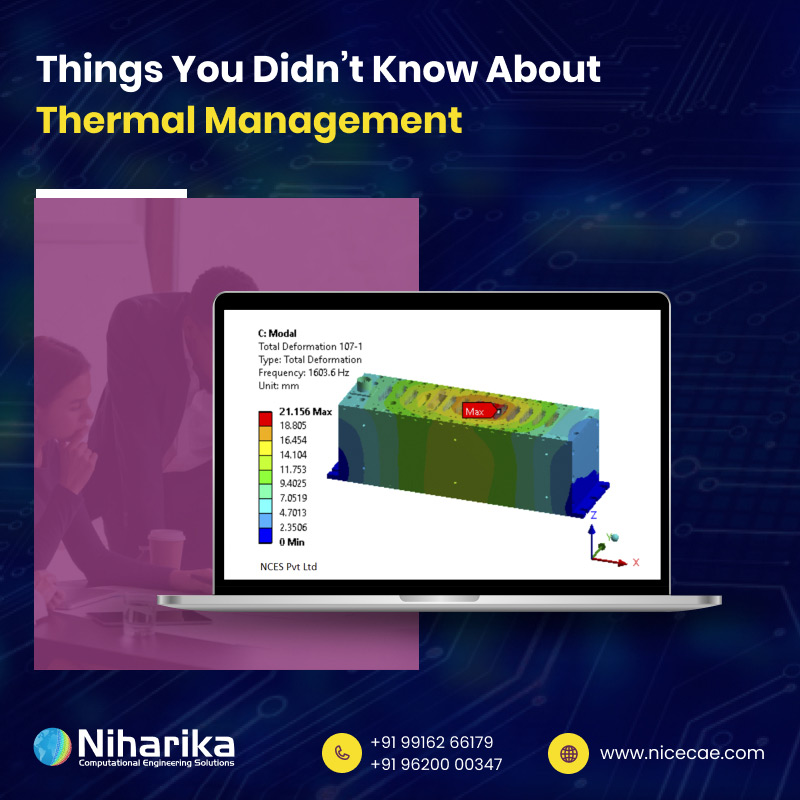In the world of modern electronics, performance often steals the spotlight. Devices run faster, grow smarter, and shrink in size. But behind the scenes, heat becomes a critical challenge. High-powered chips, densely packed circuit boards, and compact enclosures lead to rising temperatures. Without a solid thermal management solution, performance can suffer, and devices may fail. It is not a matter of “if”, but “when”, especially when heat is left unaddressed.
The Overlooked Role of Heat in Limiting Electronic Potential
Many electronic failures trace back to poor thermal planning. As devices push the limits of performance, internal heat buildup becomes a silent threat. When overlooked, it reduces speed, shortens lifespan, and increases the risk of sudden shutdowns. Addressing heat at the design stage helps prevent long-term issues and unlocks the full capability of the device.
Electronic Performance Depends on How Well Heat Is Handled
Every time a device runs, it generates heat. Smartphones, laptops, EV systems, and data centres—each carries high-performance parts that heat up under continuous use. Engineers need to design systems that do not just work well but also stay cool. That is where thermal regulation steps in.
Without proper heat handling, devices throttle their performance. They slow down to cool off. In extreme cases, components can warp or stop working entirely. This is not just a concern for industrial machines. Even household gadgets can break if they overheat consistently.
Role of CFD Analysis in Optimising Data Centre Performance
Heat Damages More Than Just Performance
Rising temperatures do not only affect speed. They damage internal components over time. Silicon chips degrade faster. Battery life shortens. Connectors loosen. In simple terms, heat shortens the life of electronics.
For consumer devices, this means a shorter usable life. For critical systems—like aerospace electronics or medical devices—it means serious risk. Designers can not afford to guess. They must understand how heat moves through the system and manage it early in the design process.
Systems Often Fail in Places Where Heat Is Ignored
Most system failures come from overlooked factors. Poor airflow design. Weak materials. Overloaded circuits. Often, the root cause is thermal stress. When heat builds in areas with limited airflow, it creates pressure. This pressure affects nearby parts, causing chain reactions.
Imagine a graphics card in a gaming system. As it performs at its peak, it generates extreme heat. Without proper cooling or a way to direct the heat away, the card starts to lag. Eventually, it fails. That is not a flaw in the component. It is a failure of heat management.
Design Decisions Must Include Temperature Planning
Thermal planning is not something engineers can add at the last minute. It must be part of early design discussions. Engineers today use digital tools to map temperature flow. They plan vents, pick better materials, and define safe zones for critical chips.
Some of the best results come from FEA analysis companies. These firms simulate thermal behaviour before a single part gets manufactured. They show how heat spreads, identify hot spots, and test materials virtually. This helps teams make smart choices early on. It also cuts down on redesign costs.
Also, read Modular Data Center, Rapidly Deployable Solution for Greater Efficiency
Testing Without Simulations Often Leads to Poor Results
Some teams still rely on trial and error. They build a prototype, test it, locate heat issues, and try again. This costs time and money. It also risks missing more profound problems. A surface may feel cool, but internal heat can still build up.
This is where FEA analysis companies prove essential. They offer powerful simulations that show stress, temperature, and fluid movement. These digital tests reduce guesswork. Teams can plan smarter and avoid the long cycle of prototype testing.
Industries Rely on Thermal Strategies to Avoid Failure
In industries like aerospace, automotive, and medical tech, there is no room for error. A sudden shutdown or burnt-out chip can lead to critical failures. These sectors often work with experts who specialise in thermal modelling.
Rather than reacting to overheating later, companies plan with simulations and real-world testing. They do not just cool the system; they make the entire design heat-aware. This protects investments and keeps systems running longer.
Smart Thermal Design Reduces Environmental Impact
Overheating electronics consume more energy. They force cooling fans to run harder. Some systems even draw extra power to keep temperatures low. This increases overall energy use.
Efficient thermal systems reduce waste. They also make products more eco-friendly. Better designs mean fewer failed units, longer product life cycles, and less electronic waste. Green tech is not only about using solar or recycling. It includes smarter thermal choices too.
Future Electronics Will Demand More from Thermal Systems
AI systems, quantum chips, and ultra-fast processors are already pushing the limits. As technology evolves, so will the need for more advanced heat control. Electronics of tomorrow will demand new materials, smarter design, and predictive tools. Companies that plan now will be ahead later. They will deliver faster, more reliable, and longer-lasting products. That is how thermal planning shapes innovation.
A thermal management solution often stays behind the scenes. But without it, devices do not reach their full potential. The heroes may be silent, but their impact echoes through every stable, high-speed, cool-running product on the market. Teams that pair smart design with help from FEA analysis companies! stay one step ahead. They protect performance, boost reliability, and power the future, quietly and effectively.

 (1).jpg)
.jpg)
 (1).jpg)
 (1).jpg)
 (1).jpg)
.jpg)
(1).jpg)
(1).jpg)
.jpg)
.jpg)
.jpg)



.jpg)



.jpg)




.jpg)